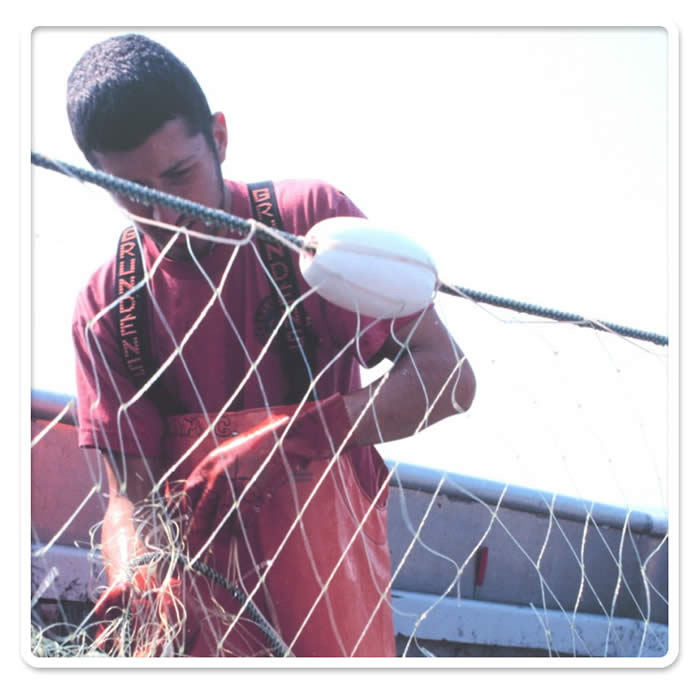Fisheries
 Fishing methods in the deep sea are often non-selective and, although nets and trawls target large aggregations of fish, many other unwanted species are taken as bycatch. Deep-water long-lining is seen as a more selective approach and is less commonly used; however, catches of target species are often low with a large bycatch of sharks which are especially vulnerable due to their low fecundity and slow growth. Long-lining may also cause damage to benthic habitats, although no direct evidence exists, damaged caused by lines and hooks may increase the susceptibility of gorgonian corals to parasites and damage, which may lead to reductions in growth rates and fecundity. Fishing methods in the deep sea are often non-selective and, although nets and trawls target large aggregations of fish, many other unwanted species are taken as bycatch. Deep-water long-lining is seen as a more selective approach and is less commonly used; however, catches of target species are often low with a large bycatch of sharks which are especially vulnerable due to their low fecundity and slow growth. Long-lining may also cause damage to benthic habitats, although no direct evidence exists, damaged caused by lines and hooks may increase the susceptibility of gorgonian corals to parasites and damage, which may lead to reductions in growth rates and fecundity.
Regardless of fishing method, the potential for unwanted catches in the deep sea is high. The behaviour of many deep-sea fish species make them more sensitive to the physical disturbance caused by fishing than shallow water equivalents. Many species form large spawning aggregations which make them particularly vulnerable to capture. They also lack protective mucus and their large, fragile scales are easily damaged in trawl nets. This, coupled with the stress of capture and barotrauma from being hauled from great depth, causes almost total mortality of the catch and bycatch.
|
